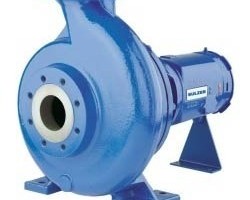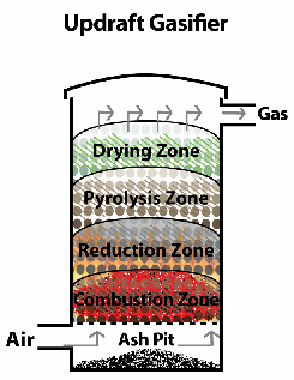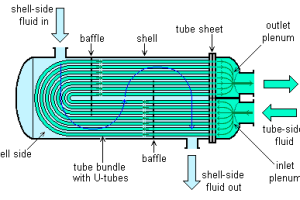Liquefied Petroleum Gas or LPG is a commonly marketed petroleum product and usually comprises of C3 and C4 hydrocarbons - propane, propylene, n-butane, isobutane, butylene etc. LPG is a mixture of hydrocarbons occurring between lighter components occurring in the utility fuel gas (C1 and C2) and heavier liquids occurring in naphtha and gasoline (c5 and onwards). The distillation range for LPG hydrocarbons at atmospheric pressure occurs between -490F to 340F.
Some properties of commercial quality propane and butane (not pure propane and butane but mixtures of c3/c4 components) are presented in the following table and a combination of these may be approximately used as properties of LPG.
| Properties | Propane | Butane |
| Specific gravity of liquid at 600F/600F | 0.509 | 0.582 |
| Initial Boiling point at atmospheric pressure | -510F | 150F |
| Initial dew point at atmospheric pressure | -460F | 0.5820F |
| Ignition temperature in air | 9200F-10200F | 9000F-10000F |
| Maximum flame temperature | 32950F | 36150F |
| Max / Min limits of flammability (wt% of gas in air) | 2.4 / 9.6 | 1.9 / 8.6 |
| wt% of gas in air for maximum flame temperature | 4.4 | 3.3 |
{adinserter 1}
The C3/C4 hydrocarbons in crude oil are separated at the atmospheric distillation column. They are further sent to merox unit for removal of hydrogen sulfide gas. Light C3/C4 hydrocarbons are also available from cracking operations for hydrocarbons. The unsaturated C3/C4 hydrocarbons separated from cracking are also sent to LPG product.
LPG is primarily used as a domestic cooking fuel. Under normal temperature and pressure conditions, LPG is gas. But it is stored and shipped as liquid pressurized cylinders and hence the name.




